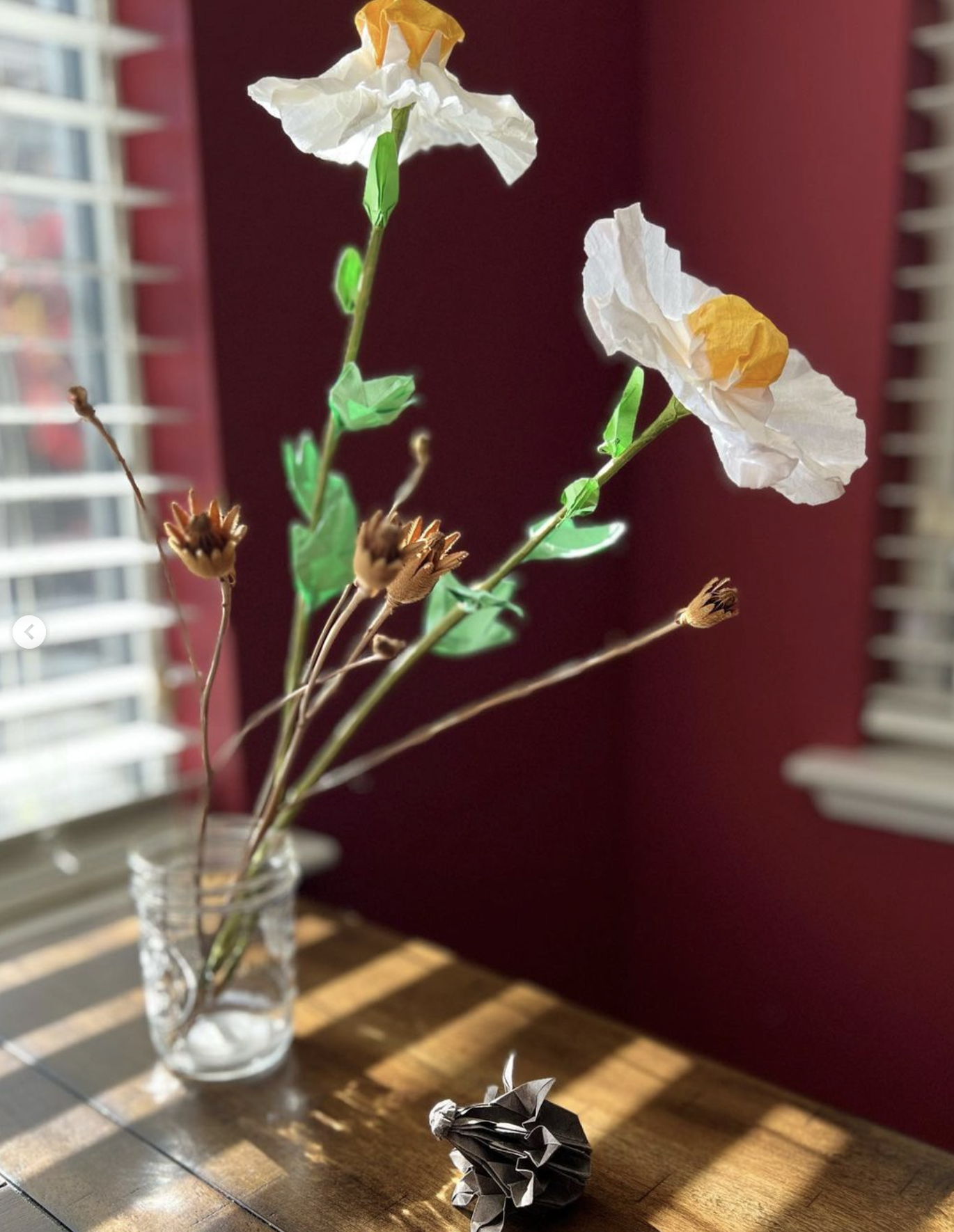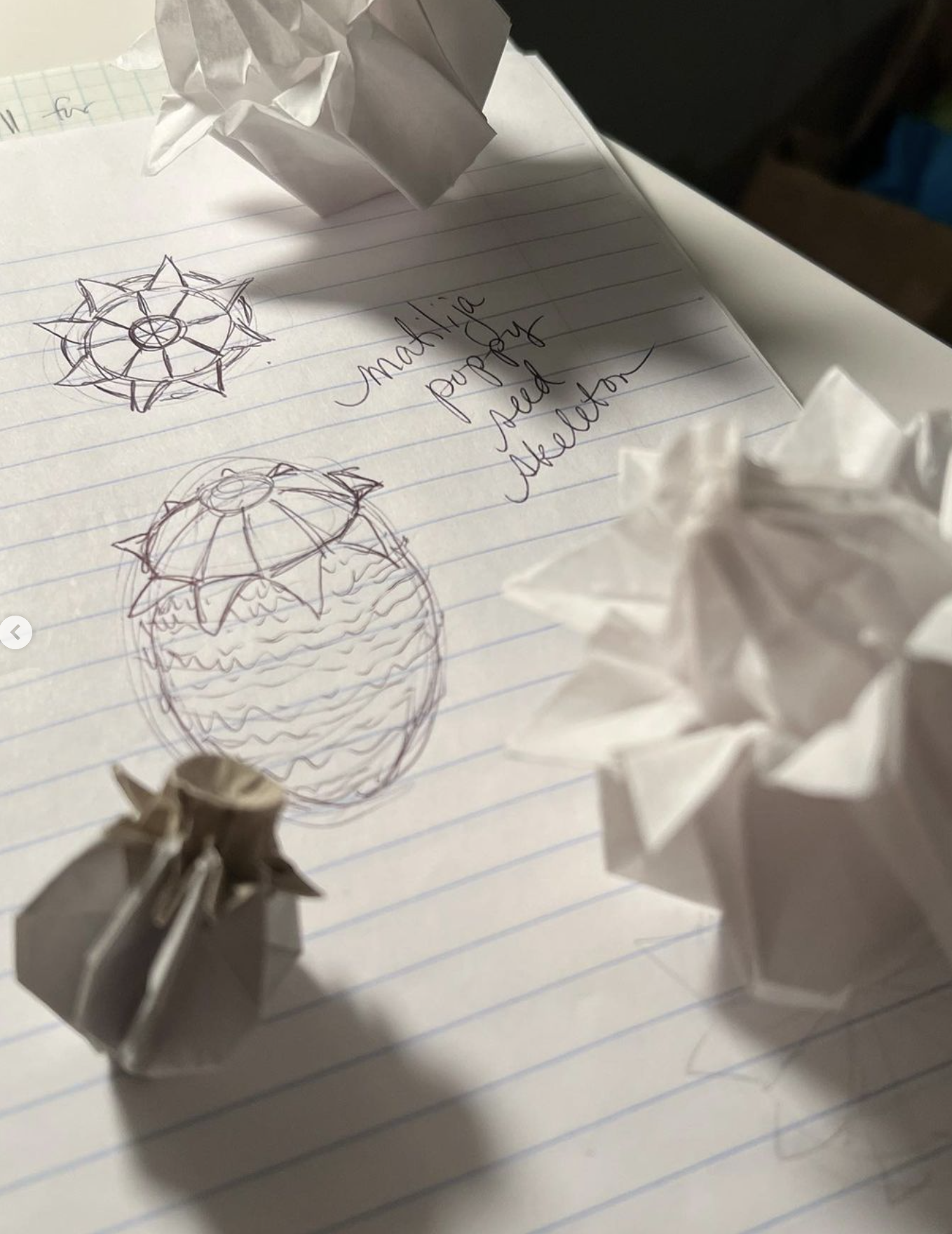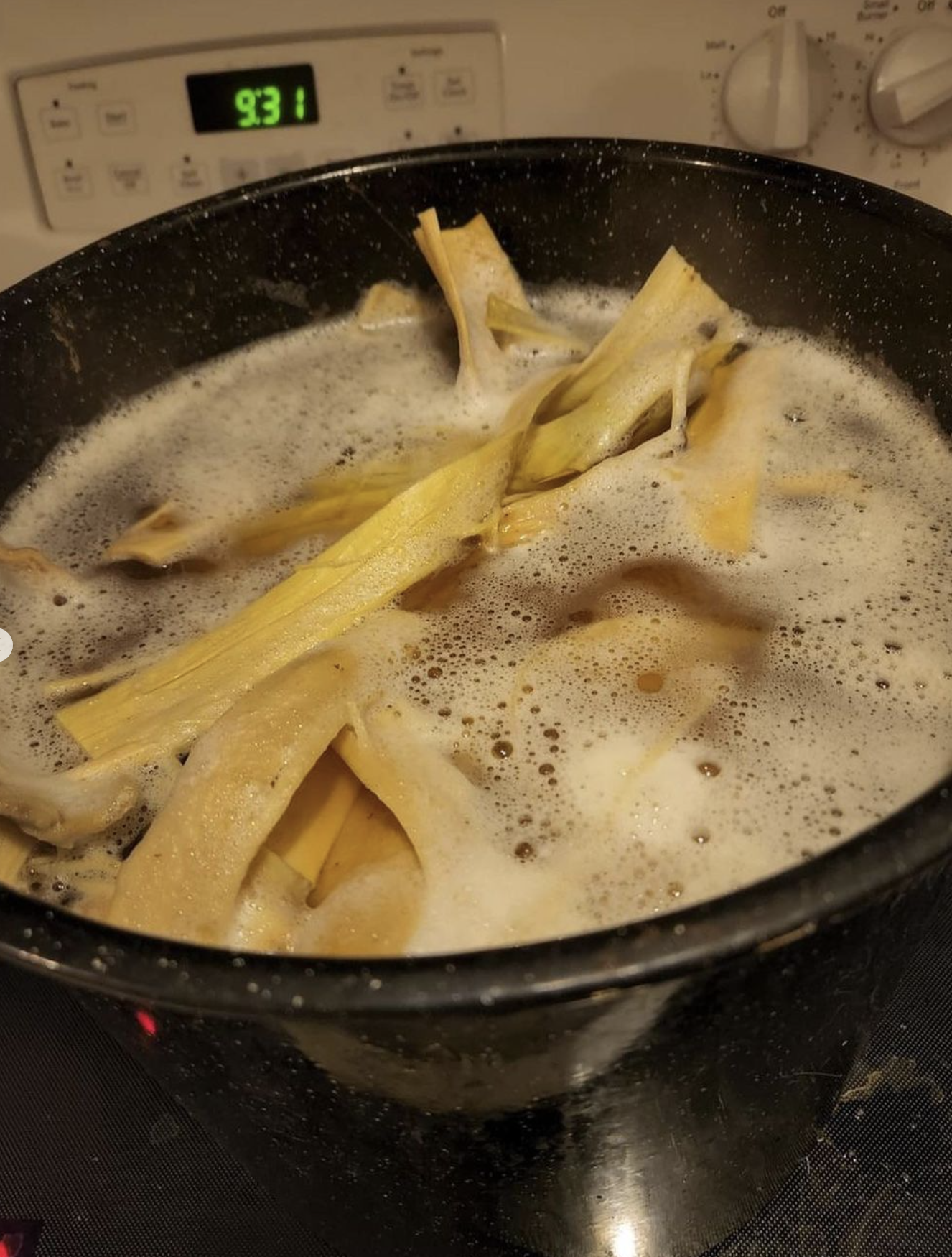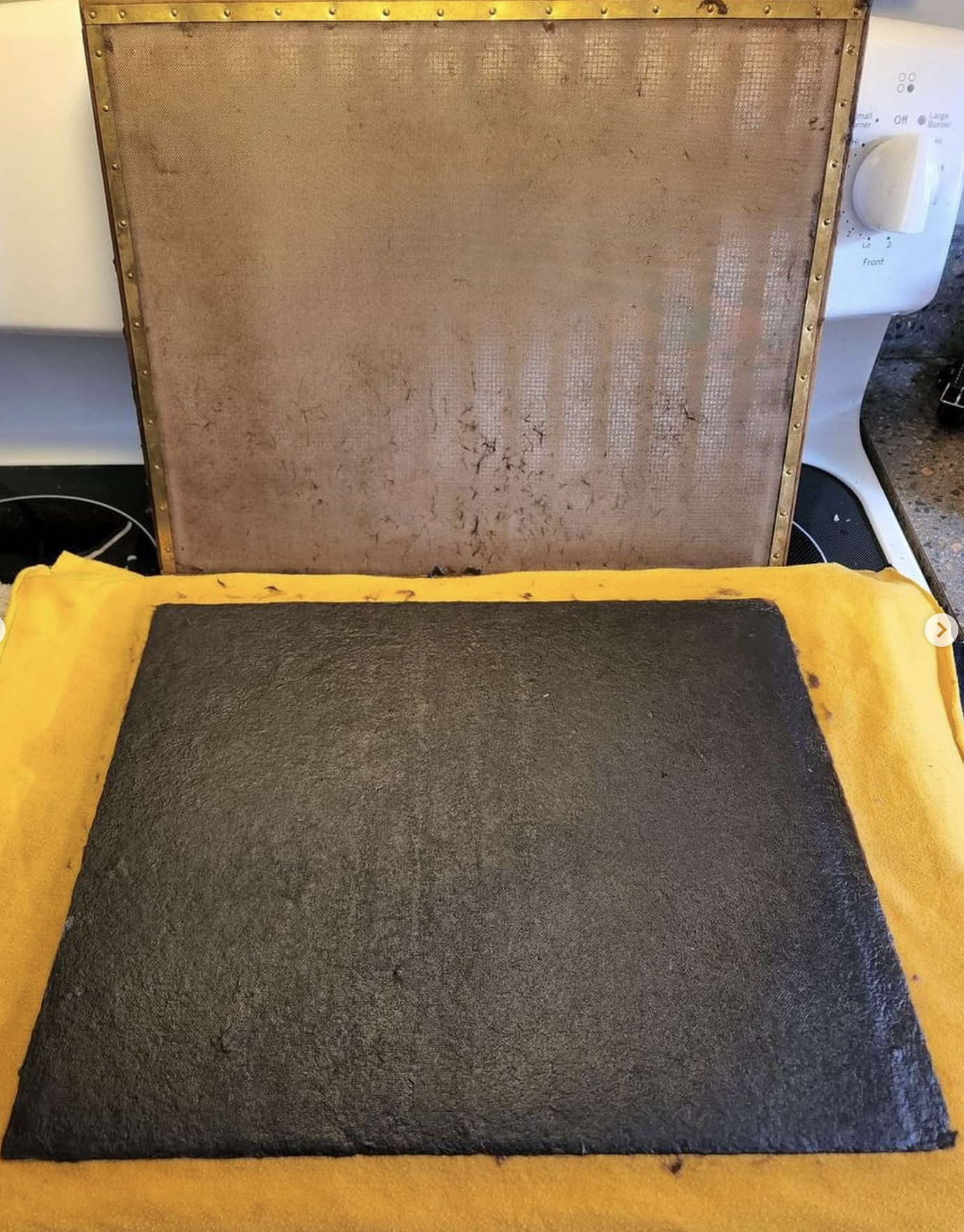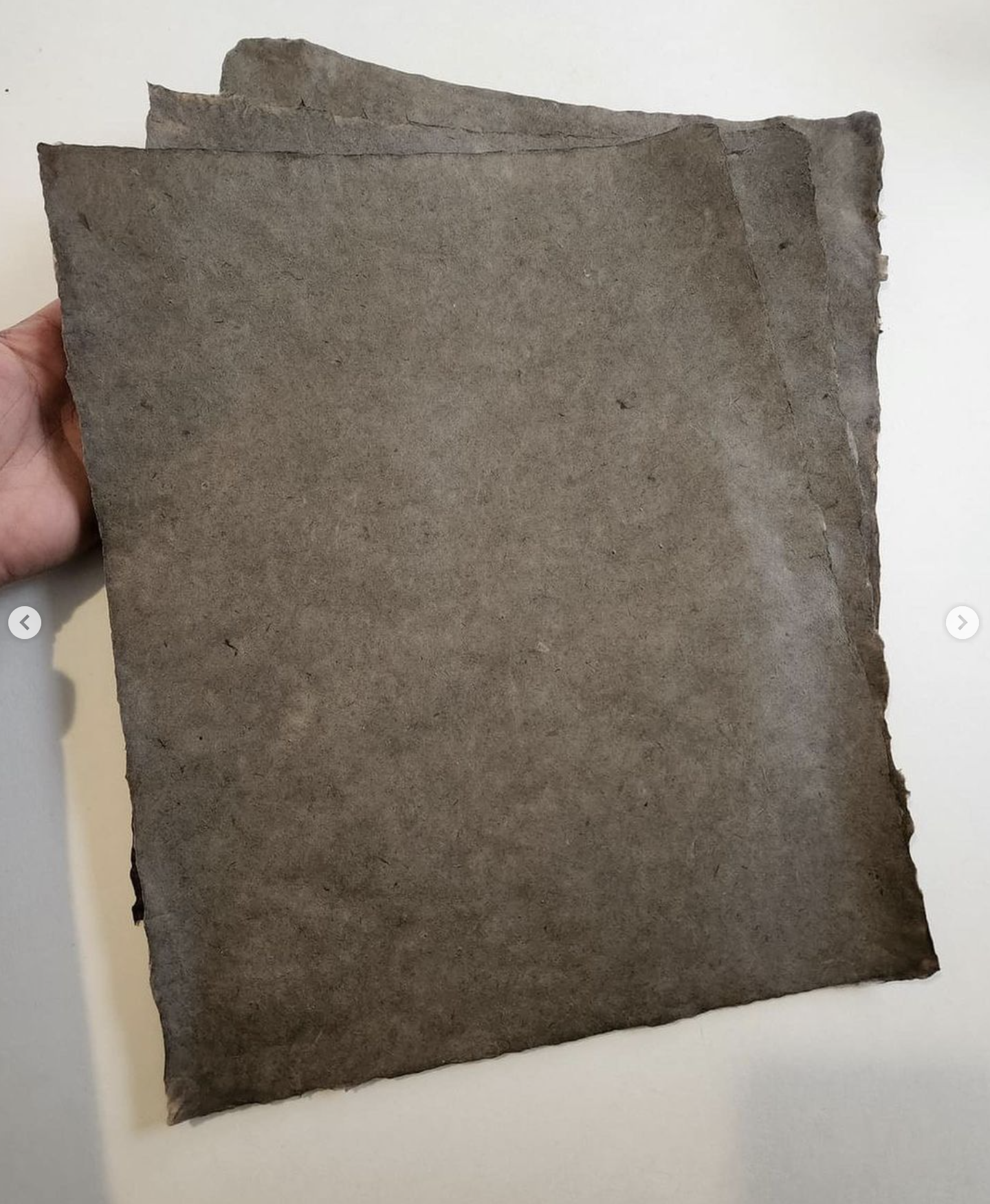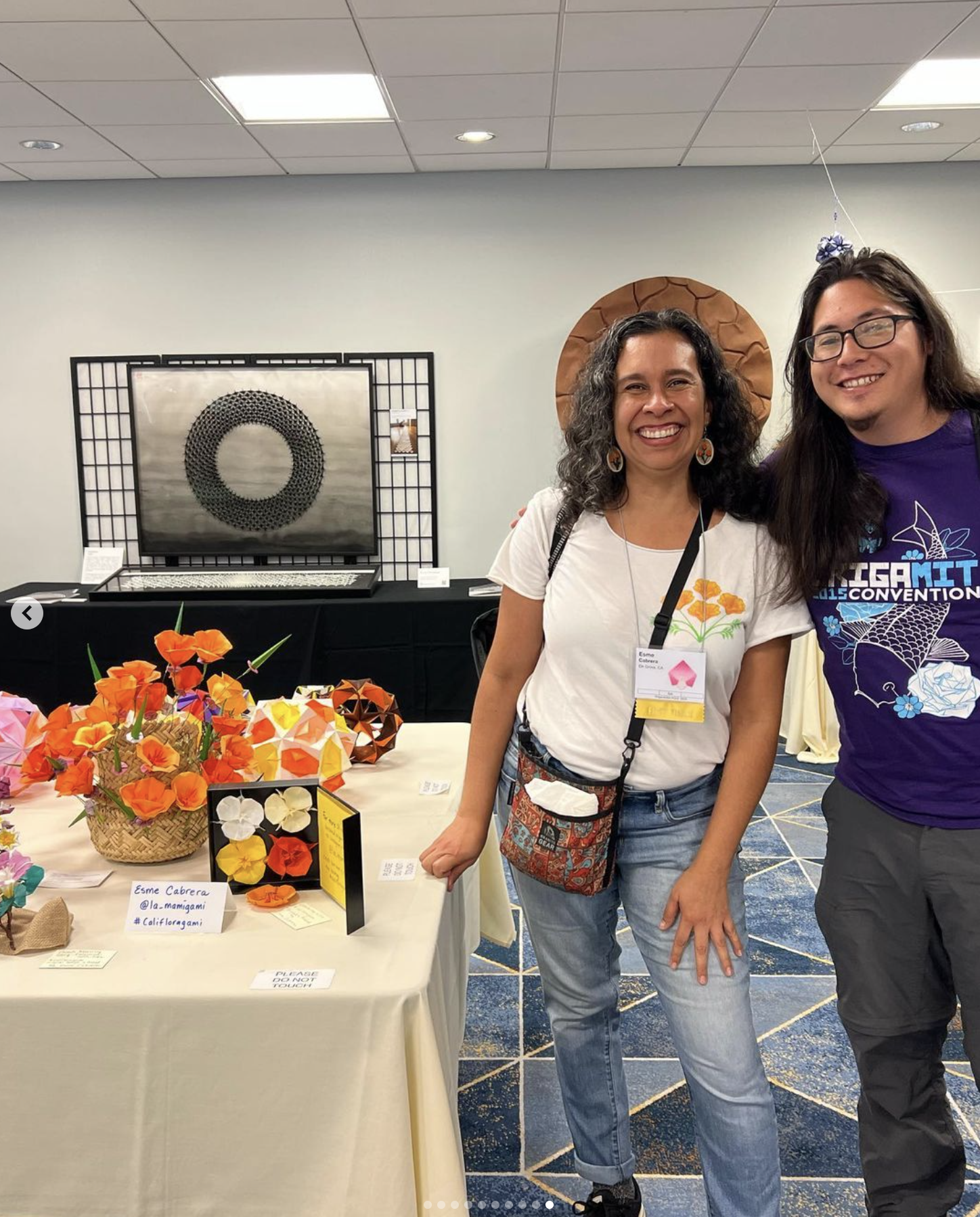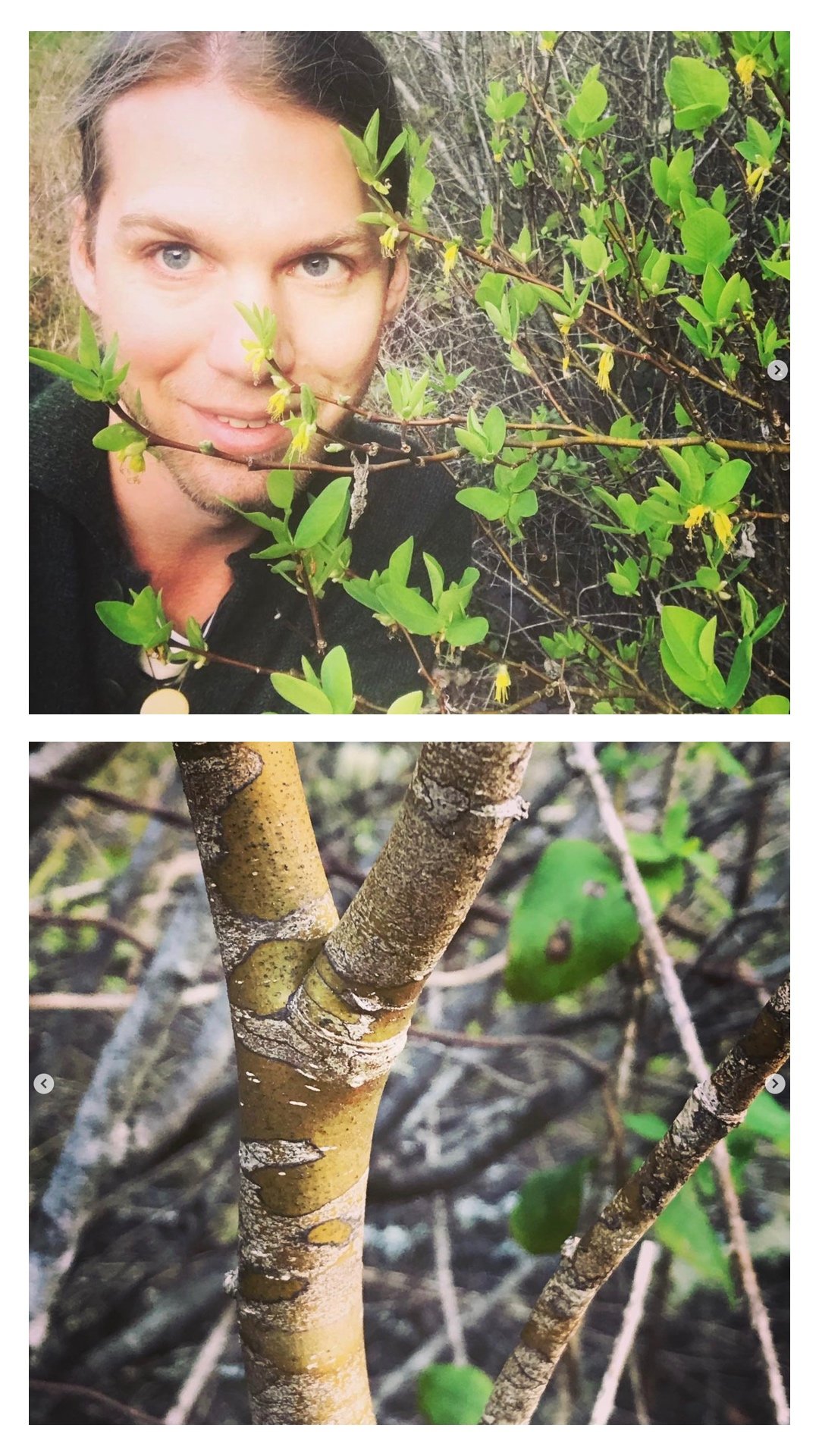WESTERN LEATHERWOOD
CALIFORNIA NATIVE PLANT STORYTELLING PROJECT
DIRCA OCCIDENTALIS
FAMILY: THYMELAEACEAE
This little-understood shrub in the Daphne family fuels curiosity among its small network of fans: scientists, horticulturists and environmentalists.
Western leatherwood
Today, I want to share an idea I have been thinking about for a long time. I want to start a collaborative California Native Plant Storytelling Project. I imagine it as an online space for us to share our memories, connections, feelings, stories and experiences with California's plants with each other. This idea is an invitation for you to share your own unique relationship to a particular plant, starting with western leatherwood (pictured in this post). I imagine it as an online place where we can collectively deepen our relationships and understanding of each featured plant through each other's shared experiences.
The seeds of this idea began to form when I learned about a rare local plant called western leatherwood. This little-understood shrub in the Daphne family has fueled curiosity among its small network of fans: scientists, horticulturists and environmentalists. But because these rare shrubs endemic to the Bay Area and grow only in very limited areas, very little is known about them. Even though western leatherwoods are rare, rare plants are actually quite common in California, about 20 percent of our state’s native flora are listed as rare or endangered. Our plants are adapted to California’s widely varied geology and microclimates which has made our state a botanical hotspot.
My own first encounter with western leatherwood was when I was assigned to write and photograph a story about the plants at Huckleberry Botanic Preserve for Bay Nature. Once I knew that western leatherwood grew there, I wanted to find it, so I kept walking the trail, searching. But before the buds and leaves emerge, spotting the plant's bare twigs among the tangle of bare winter shrubs at the park is challenging. In the end, it was Williams Graves, a professor of horticulture at Iowa State, who led me to the plant with his accurate description: "To examine the white bud pads of the western leatherwood plant in low light is almost like staring into a starry night sky." After locating it, I still had to wait patiently for it to bloom, checking back every few days. It was one of my favorite moments of my photography career when I arrived one day to find a perfect cascading bloom opened. That photo made it into the print magazine.
If you don't look carefully—or at the right time of year—it's easy to walk right past a western leatherwood shrub without a second glance. But this rare and endangered plant is worth a closer look. They are not showstoppers, and yet they possess a delicate elegance. These long-lived shrubs can live for fifty years and grow slowly, reaching about six feet. In early winter, downy white bud pads appear all over the branches, followed by cascading 1" lemon-yellow flowers and finally, bright green foliage. It is one of the first plants to bloom each season. It grows primarily in the fog belt on moist north and northeast-facing slopes in the hills surrounding San Francisco Bay and nowhere else in the world. Its smooth bark is so flexible that the early twentieth-century botanist Howard McMinn noted he could easily tie branches up to three-eighths in diameter into knots, making the plant aptly named.
Last year about this time I set out on a mission to learn as much as I could about western leatherwood. I went to my local library and pored through the natural history section (admittedly only a few short shelves behind glass and under lock and key). I called up native plant nurseries. I emailed scientists. I searched online databases. I found out that western leatherwood was identified as a promising natural product chemopreventive. I read tales of horticultural attempts, descriptions of how stunning the branches are as cut flowers (don't do this!). I learned that Iowa State professor William Graves, who has spent decades studying all members of the Dirca genus, has been doing a long term study of 100 plants at the Jasper Ridge Preserve. I learned that one of Graves' students, Zachary Hudson, evaluated the potential to use the bark of all four north American dirca species as paper. It was the subject of his Ph.D. dissertation.
But maybe the most intriguing thing I learned was that in 2001, a man named John Kriewall was working as a docent at the Jasper Ridge Biological Preserve, one of the places with the largest populations of western leatherwood in the world, when he became interested in the shrub.
Kriewall had already done (much more thoroughly) what I was attempting to do: he had set out to learn all he could about all three species of dirca that grow in North America (a fourth species from the Ozarks was named in 2008) for his docent report. He wanted to know; How is it pollinated? What are its habitat needs? Does anyone know how to propagate it? Is it toxic? Who are its predators?
But, when his search of the literature, just like my search, yielded far fewer answers than he'd hoped, especially for the western leatherwood species, his curiosity deepened, and he went to work compiling a bibliography of all the leatherwood references he could find. Kriewall wrote, "I bombarded the authors and anyone else I could find with emails and phone calls." I chuckled knowingly when I read this because I understood exactly why he was compelled to do this. I was experiencing the same curiosity.
And so Kriewall created the "dirca network" to connect all those interested in the genus, hoping that people would continue to share ideas and conduct research. His report remains an invaluable source of information about western leatherwood.
But what was it exactly, that Kriewell hoped to find? I do know what I hoped to find: stories about leatherwood that include our human relationships to the plant, and our emotional responses to it. Yes, I’m interested in the ecology of the plant. I am also wondering what western leatherwood means to you? What are your experiences with it? This is where the idea for the California Native Plant Storytelling becomes relevant. Similar to Kriewall’s network of dirca fans, I want to create an online space for us to share our stories about plants, starting with western leatherwood.
These stories could be about any aspect of an experience with the plant, and I am especially interested in emotions and memories. When did you learn about western leatherwood? Was it in a botany class? While hiking on a trail? A botanic garden? Did you draw it? Have you seen it in bloom? Was it growing with other plants? What impression did it make on you? Have you noticed the bud pads? Have you tried (gently) bending the bark to see if Howard McMinn's description is accurate?
CONSERVATION STATUS
Western leatherwood is listed as California Rare Plant Rank 1B.2, meaning it is rare, threatened, or endangered. In addition, it is listed as imperiled by the global and state rankings (G2 and S2). Because of its extremely limited distribution and decline over the past century, it is at risk of disappearance and is highly vulnerable to climate change and habitat destruction.
LAST CENTURY'S BOTANIST NOTES
(This is illegal so don’t do this. But it is a testament to the beauty of the shrub, and it’s role in the ecosfystem, blooming early when other flowers are absent)
Branches cut just as the silvery bud-scales are being pushed out by the expanding buds will continue to grow when placed in water until the flowers and leaves are completely developed. They make a unique and ornamental bouquet when other plant materials are not abundant—Howard McMinn and Beatrice Forderhase in Madrono 1935.
A TALE OF HORTICULTURAL EFFORTS
“Attempts at transplanting these shrubs into gardens have not been very successful." --Howard McMinn and Beatrice Forderhase in Madrono 1935.
Nearly one hundred years later and the plant is still not commercially available, though certainly not for lack of value in the garden.
Lester Rowntree, a renowned California field botanist and horticulturalist, wrote in 1939 that "western leatherwood is a very early bloomer, the flower coming out before the leaves and often out in January; it is another shrub for your spring-garden picture. I haven't grown it yet myself but I intend to do so."
Although it grows at the Regional Parks Botanic Garden in Tilden Park, it is native to the garden site. Garden staff discovered it as a small shrub while clearing the grounds of blackberry in 1947. The plant has been successfully introduced to several other botanic gardens and is very occasionally carried at specialized plant nurseries. But propagation methods, including cold stratification, have been only intermittently successful. According to Yerba Buena Nursery owner, Kathy Crane, the nursery was once able to propagate western leatherwood plants by using a techique to propage specimens that naturally grew at their former Skyline site. Now that they have relocated to Half Moon Bay, they no longer grow the plant.
I invite you to share you western leatherwood stories in the comments. I will go through everyone’s comments and give them a home embedded on the web page for western leatherwood so that everyone can find each other’s stories more easily. If you would like to share a line or two about yourself too, and a link to your social media and/or website so folks can connect with you.
a growing collection of COMMUNITY DIRCA STORIES
All words, photos, and art in this section belong to CONTRIBUTOR listed with each story. you can learn more about each contributor by following the link to their page.
“I saw Dirca occidentalis in bloom today for the first time. The flowers look like little golden stars hanging off bare branches. A very beautiful winter scene.”
—Lizzy G on Instagram @bunnywinkles
January 28, 2024, Foothills Park, Los Altos, California
“Matilija Poppy (Romneya coulterii) origami seed skeleton (made with a sheet of handmade eastern leatherwood paper)
Botanical origami has many facets and none more natural than the deep, ancient and diverse global traditions of isolating, usually cellulose fibers, from a variety of plants to yield strong yet pliable thin sheets of paper for a variety of uses. Imagine my delight when I was recently gifted a piece of hand made paper with a whole story behind it at the Pacific Coast Origami Conference organized by @origamiusa held in SF.”
—Esme Cabrera
Esme is a botanical artist who creates original California native plant designs. On Instagram @la_mamigami
Esme’s story continued:
I’ve been IG following and attending some of the online lectures of ethnobotanist, handmade papermaker and origamist, James Ojascastro, aka Dr. Paper 🎓 (@manila_folder @botanybae ), as he travels the world sharing his experiences and studies on global papermaking practices and their associated plants. It was just my luck that I had a chance to also meet up and spend a bit of time chatting with him at PCOC. James brought samples of about 30 different pieces of handmade paper made from distinct plants and colored with natural dyes. I chose a sheet made of Dirca palustris, Eastern Leatherwood, dyed a deep brown with Black Walnut. Unfortunately, I didn’t get a chance to go see some of my favorite Dirca occidentalis spots with James while he was in the Bay, but he found some anyway, expert that he is 😆. D. occidentalis, or Western Leatherwood, is a rare plant only found in the SF Bay Area, and if there were enough of it, a good candidate to make paper with. There is a related species found on the East Coast, D. palustris, where it is also fairly rare. The branches for this cellulose batch that James made were grown in a garden and gifted to him by a fellow botanist. I knew I wanted to design and fold an origami seed pod with this smoothly textured and crisp paper, and the natural candidate that came to mind was the seed skeleton of the Matilijia Poppy, Romneya coulterii. Earlier this summer, I designed and folded some of its flowers and leaves when the flowers themselves were at their peak. At this time of year, its seed pod resembles a small elongated kiwi that uniformly peels back to reveal a tiny birdcage-like structure from which the seeds will spill down as the outer layer keeps peeling away. I love that the final model needed no glue at all to hold its shape, a testament to the quality of the fibers of D. palustris and the craftsmanship of James. Gracias amigo, it is a wonder of a sheet of paper. Thank you to my comadre @plantitasenbarro for providing me with some seed skeletons from her garden Matilija Poppy so I could photograph them along with my model.#califloragami
I was writing a story for Bay Nature about the opening of Grasshopper Loop at La Honda Creek Preserve. While walking the trail, one of the landscape architects pointed out the western leatherwood, marked with a pink ribbon. It was my first time learning about this cool plant. They planned that portion of the trail around the rare tree so they wouldn’t disturb it. While writing this, I looked up when western leatherwoods flower and it’s Jan-March 😲 I gotta get back out there soon and see if I can catch the blooms!
—Emily Harwitz
Emily Harwitz is a conservationist, writer, and storyteller. On Instagram at @em_witz and online at https://www.emilyharwitz.com/
Found bucket list rare native plant. Felt cute.
#dirca #dircaoccidentalis #leatherwood #plantselfie #plantlover #botany #californianativeplants #californiaflora #rareplants #hiking #forestbathing #sonomacounty #redwoodcountry #russianriver
—Brendan Swift on Instagram @brendanswiftmusic and online at https://brendanswiftmusic.com/




